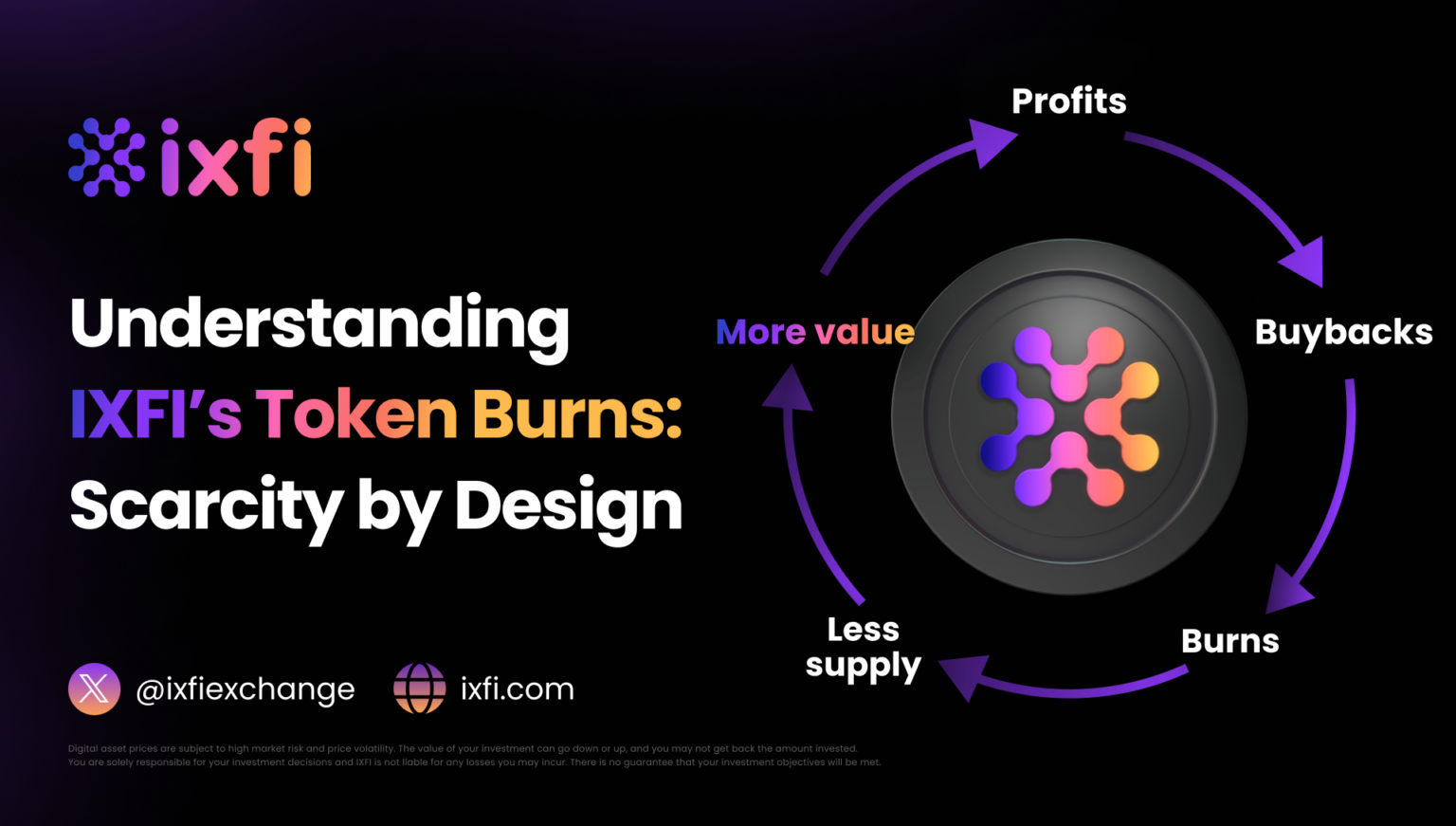It’s fascinating to observe how Bitcoin was adopted by investors over the years, like many other cryptocurrencies. As more bullish markets develop over digital assets, more people are eager to make profits. But unfortunately, some of these new investors abandon their plan as soon as the price suffers its first correction, or they obtain a small profit, exit the market, and never return. On the other hand, others get to appreciate one profound aspect of the cryptocurrency market — its economic revolution potential.
Moreover, given the inflation growth of the last couple of years, more investors keep a portion of their economies in several cryptocurrencies, so this money is not losing value as much. Therefore, investing over the long term in solid cryptocurrencies and solid projects with high adoption rates can be a helpful step towards making a more significant return and an essential step for the crypto market as a whole.
Whether we talk about FIAT money or digital crypto assets, the value of a currency is given by its utility and demand. Investors can measure the value of a coin if they follow two critical metrics:
- How much of that currency is in circulation?
- And how much are people willing to pay for that asset?
When it comes to cryptocurrencies, we already know that the payment options in the real world are limited. Of course, there are some crypto cards issued by multiple platforms that can be used to pay for certain goods, but they aren’t very common yet. Luckily, more and more options are available and IXFI is happy to be one of the platforms that plan to offer better card solutions for the users’ convenience.
Still, the current problems are as follows: even the adoption and utility of cryptocurrencies grow, the wages and basic incomes are still not paid in crypto — to which we add the fact that only a limited number of people have a proper education regarding crypto, thus the appropriate amount of spendable money gets even smaller. One thing is undeniable — the simple act of holding a cryptocurrency adds value to it, to the crypto market in general, and helps fight against price fluctuations, stabilizing them in specific parameters.
Why is it essential to hold cryptocurrencies, and how can we do this?
There is nothing wrong with entering a market for profit. This is the primary reason for everyone to do it. But, ideally, we should always keep a sum of money we are comfortable with invested in coins whose future we believe in and in projects with potential over the mid and long term.
This way, we contribute to the adoption rate and the stability discussed earlier. Another reason is market manipulation. When there is a lot of fear in the market, people tend to sell their open positions, thus dragging the whole market down. Of course, there is nothing wrong with taking the profit of a successful transaction or closing a trade if we consider such action necessary.
Primarily, we are not discussing risky transactions in this case. But as stated above, we can keep a percentage of our portfolio in these stable and robust projects and only sell the profit, leaving the initial investment to continue growing over the long term. This way, risks become minimized.
Retail investors and traders hold significant weight in the crypto market, unlike the equity market, where institutional investors represent the majority. When the market suffers from extended fear and many investors sell because of price corrections, these negative factors deepen and extend.
How can I hold cryptocurrencies?
Besides the buy and hold method explained above, there are other strategies you can employ:
Staking: Available for a project built using the Proof of Stake algorithm, usually on the Ethereum, Solana, and Polkadot Blockchains. To complete the staking process, one should buy the specific cryptocurrency and put the stake on the trading platform, where they are locked for a certain period. Since the coins are locked, we cannot move or spend them until the period is over, but when the locking time is over, we receive the initial locked amount and the specified interest.
Savings account: A more conservative method but one that brings the same type of interest as a classical bank savings account. Some platforms allow such a strategy. Often these are insured with crypto collateral by third-party companies. The claim can be paid daily, weekly, monthly, or annually.
Lending: Or the act of loaning cryptocurrencies. After an investor purchases cryptocurrencies, they can lend them to other users using a trading platform and receive interest. Of course, the borrowers can use these coins to trade with them, but the lender gets them back at a time decided in advance.
One thing is for sure, getting to know your coins and investing in them while thinking about the long term is essential if you want to see real profits. The only catch is that you need to be patient. The good news is that you don’t have to be bound by any of the strategies mentioned above. You can try any, all, or none of them. It’s completely up to you.
The Smartvestments series is brought to you by Your Friendly Crypto Exchange in an attempt to help enthusiasts everywhere find their way around the complex world of digital investments. Join IXFI to see what crypto trading is all about.
Disclaimer: The content of this article is not investment advice and does not constitute an offer or solicitation to offer or recommendation of any investment product. It is for general purposes only and does not take into account your individual needs, investment objectives and specific financial and fiscal circumstances.
Although the material contained in this article was prepared based on information from public and private sources that IXFI believes to be reliable, no representation, warranty or undertaking, stated or implied, is given as to the accuracy of the information contained herein, and IXFI expressly disclaims any liability for the accuracy and completeness of the information contained in this article.
Investment involves risk; any ideas or strategies discussed herein should therefore not be undertaken by any individual without prior consultation with a financial professional for the purpose of assessing whether the ideas or strategies that are discussed are suitable to you based on your own personal financial and fiscal objectives, needs and risk tolerance. IXFI expressly disclaims any liability or loss incurred by any person who acts on the information, ideas or strategies discussed herein.



